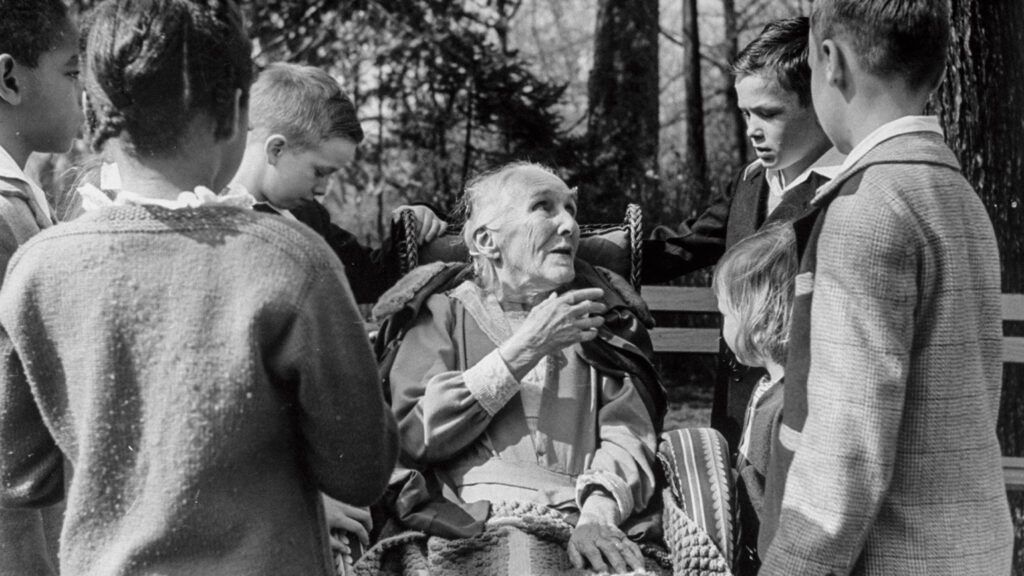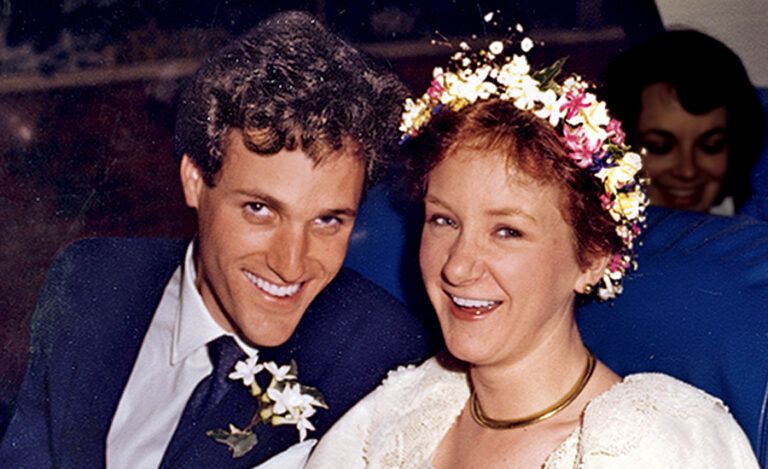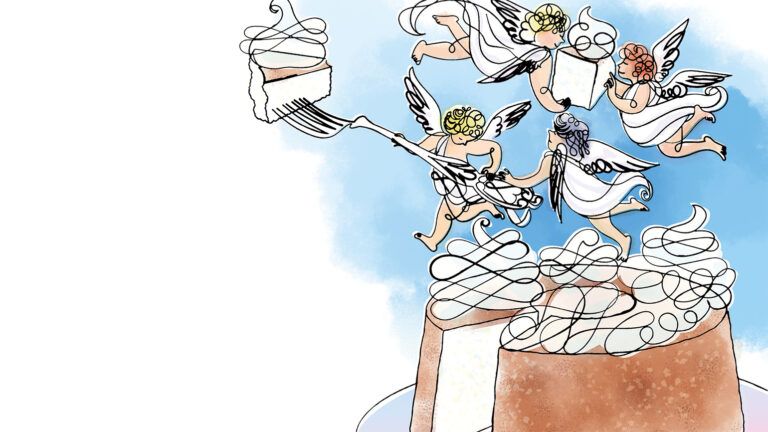Few people know the name Mary Virginia Merrick today, but she’s been making the world a better place for more than 100 years—since the Christmas of 1884.
Mary was born in 1866 to a prominent Washington, D.C., family. The city’s population had swelled after the Civil War. Many of the newcomers, including injured veterans, freed slaves, immigrants and orphaned children, lived in poverty. Children slept barefoot in doorways. Homeless people lived in alleys and courts, without sanitation. The bureau of health took steps to control contagious outbreaks, and churches raised money for charities, but there were no real organized social relief services in existence.
From a young age, Mary accompanied her mother on visits to poor families, bringing food, blankets and clothing. The families reminded her of the characters she read about in the novels of her favorite author, Charles Dickens. She wanted to do more and learned to sew. For Mary, helping others seemed like a form of prayer.
Mary was 16 when she fell from a second-story window. She spent the rest of her life in a wicker wheelchair, in nearly constant pain. How did she endure it? She redoubled her prayer life, including her efforts to help others.
When Mary was still a teenager, she heard about a baby set to be born on Christmas Day. A child whose mother had no money for blankets or baby clothes and who would probably be wrapped in newspapers instead. Mary organized a sewing circle with her friends, and they made a set of clothes for the newborn. When they presented their meticulously stitched layette to the impoverished mother, she was overwhelmed. Mary became more determined than ever to do everything she could to make a difference in the lives of those less fortunate than her.
She asked the young son of her family’s laundress what he wanted for Christmas. “I want a red wagon,” the boy said. “But we’re not having any Christmas at our house; my father’s got no work.” The happy Christmas days Mary had known herself flashed before her eyes. And this little fellow would have nothing! “Why don’t you write a letter to the Christ child,” Mary suggested, “and ask him for the red wagon.”
“The Christ child? Who’s he?”
“He’s the giver of all good gifts,” Mary replied.
A few days later the boy came back with a handful of letters from his sisters, brothers and playmates in the neighborhood. Seventeen letters in all.
Once again Mary summoned her friends. A plan had begun to form in her mind, and her friends eagerly accepted their part in it. On Christmas Day, all of the children received their gifts, an effort that had begun with one boy’s wish for a red wagon.
The gifts were signed “from the Christ child” to show the recipients they were loved by God. It was the beginning of the organization that Mary would spend the rest of her long life building.
The Christ Child Society—formally founded in 1887, when Mary was 21—was so named because Mary said that when she looked into the face of a child, especially a poor child, she could only see the face of Christ. By the Christmas of 1890, the society was in full swing.
“I never had a doll,” one letter said. “I want a big doll, as I have TB and no one will sleep with me.” “Please, I want a nightgown,” said another. “My father took his shoes back,” another child wrote. “He found work. I want shoes.” Mary and her friends not only fulfilled Christmas wishes but also made layettes and supplied hundreds of garments to children under the age of 12.
Mary had a genius for bringing people together. Her friends and their friends became an army of workers, procuring, making, storing and delivering. She invited other women’s groups in Washington, D.C., to join in their efforts. By the late 1890s, they had to hire trucks to distribute the gifts and clothing. Instead of waiting for requests, a “visiting committee” of volunteers began to go into the alleys to find out exactly what the needs were.
More programs were developed to address hygiene, tutoring, library resources and religious instruction. Lantern-slide presentations on cultural topics were given in jails, TB clinics, boys’ homes and settlement houses for immigrants. The Fresh Air program got sickly children out of the city and into the countryside. Mary’s guiding slogan became “To see a need is to fill it.” By 1915, her volunteers numbered in the thousands, and branches of the society had sprung up in six other cities. Most were created by young women who had attended college in D.C. and brought their Christ Child Society volunteer work back home with them.
Mary supervised all operations from her home. The wives of presidents, from William Henry Harrison to Harry S. Truman, made donations and wrote about her. An international convention of pediatricians invited Mary to speak about the health of children in her city and inspired her to create the first camp for children with diabetes in the late 1920s. She was considered a groundbreaker in a new area of academic study, called social work.
The Christ Child Society continues to be run entirely by volunteers, most of them women, in 44 chapters across the country. “Nothing is too great to do for a child,” Mary Virginia Merrick said. And from the time she was a child herself, she devoted herself to proving it.
Did you enjoy this story? Subscribe to Angels on Earth magazine.






